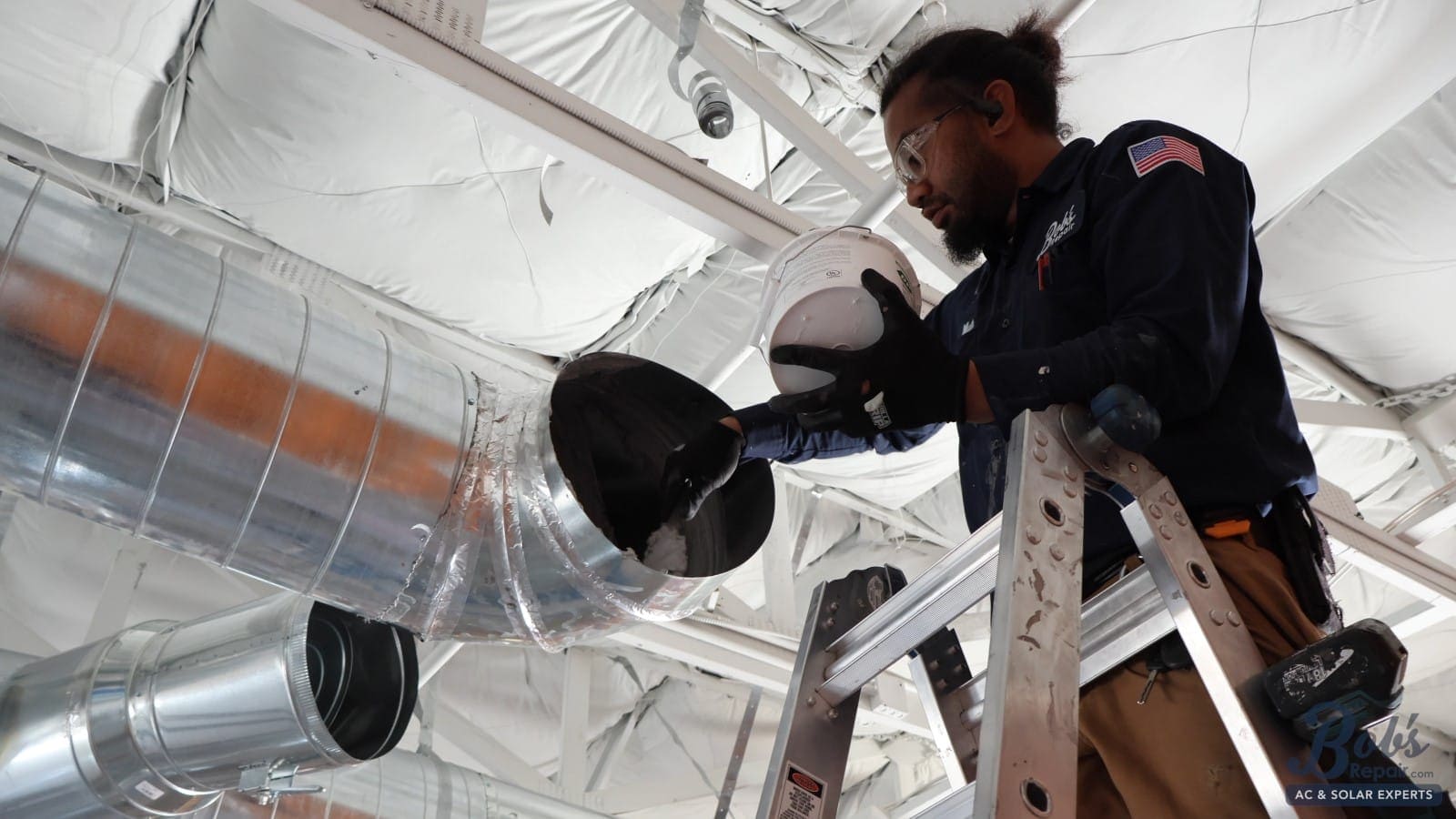Prelude
When was the previous instance you truly contemplated the condition of your Air duct repair? For most, the thought hardly ever crosses the mind. Yet, these concealed passages are silent custodians of indoor comfort. Fractured or compromised ducts not only inflate your utility expenditures but also lace the very air you breathe with impurities—often without your awareness. Hence, duct repair is not a trivial afterthought; it is an indispensable safeguard for both health and home economy.
What Precisely Are Air Ducts?
Think of Air duct repair as the vascular network of your dwelling’s HVAC organism. They channel warmth or coolness to each chamber, sustaining harmony in temperature. Absent these conduits, your heating and cooling apparatus would be a body without arteries, unable to circulate its lifeblood.
Prevailing Afflictions of Air duct repair
- Fissures and Perforations: Minuscule breaches siphon off conditioned air, hemorrhaging energy.
- Inferior Insulation: Thermal loss before air ever greets your living quarters.
- Obstructions: Dust, dander, and debris impeding the current.
- Fungal Bloom: Dampness birthing mold colonies within hidden recesses.
Signals That Your Ductwork Cries for Aid
Should suspicion arise, heed these omens:
- Temperatures erratic from one chamber to another.
- Whistling, clanging, or unsettling reverberations during system operation.
- Utility invoices climbing with no discernible rationale.
- A persistent mustiness or dust-ridden scent whenever the unit breathes.
Origins of Duct Deterioration
Air ducts, like bones, weaken over years. Their decline often stems from:
- Antiquated frameworks succumbing to time.
- Slapdash installations riddled with gaps and misalignments.
- Gnawing vermin piercing duct linings.
- Routine attrition through relentless use.
Perils to Human Health
Few realize ruptured ducts can become invisible saboteurs of wellness. Circulating dust, spores, and allergens may awaken:
- Heightened allergic distress.
- Asthmatic episodes.
- Infections of the respiratory tract.
Efficiency and Fiscal Consequences
Here lies the stark reality: compromised ducts may squander 20–30% of your HVAC’s lifeforce. Imagine hurling nearly one-third of your electricity budget into oblivion. Proper repairs not only conserve currency but shield your HVAC from premature exhaustion.
Self-Guided Duct Inquiry
Keen to probe on your own? With a lantern in hand, one can:
- Detect ruptures or loosened joints.
- Examine insulation for decay.
- Feel around seams for escaping currents.
- Listen closely for uncanny airflow murmurings.
When Expertise Becomes Irreplaceable
While modest checks may be within reach, calamities like mold, gaping leaks, or widespread degradation demand professional intervention. Specialists wield diagnostic cameras, sealing tools, and the mastery required to restore ductwork with precision.
The Anatomy of a Repair
A typical restoration often entails:
- Meticulous inspection via airflow gauges and scoped cameras.
- Sealing fractures with mastic compound or foil tape.
- Replacing segments beyond salvation.
- Purging ducts of residual grime and mold infestations.
Sealing Tactics for Duct Integrity
- Mastic Sealant: Viscous paste brushed into cracks.
- Foil Tape: Durable adhesive armor for connecting joints.
- Aeroseal Method: Advanced technology sealing leaks internally with pressurized particulates.
Replacement Versus Restoration
Not all ductwork merits revival. When age, corrosion, or profound damage has overtaken the system, replacement becomes the wiser investment. However, for trifling leaks or worn insulation, repair suffices.
Expenditure of Air duct repair Resuscitation
Typical homeowners face costs ranging between $300 and $1,000. Price hinges upon:
- Duct system scale.
- Nature and spread of injury.
- Regional labor valuations.
Preventive Safeguards
To stave off future maladies, consider:
- Annual professional inspections.
- Regular HVAC filter renewal every 1–3 months.
- Keeping ducts arid and pristine to thwart fungal intrusion.
- Ensuring insulation and seals remain intact.
Closure
Though concealed behind walls and ceilings, ducts should never fade from concern. With timely repair and vigilant upkeep, they can invigorate your home with cleaner air, lessen utility costs, and elongate your HVAC’s vitality. Picture them as the lungs of your abode—when restored and cared for, they breathe easier, and so do you.
Frequently Asked Questions
1. How frequently should ducts undergo inspection or repair?
Every 2–3 years is prudent, with immediate repairs upon spotting deficiencies.
2. Can minor leaks be sealed without professional aid?
Yes—foil tape or mastic can mend slight breaches. Severe impairments, however, demand specialists.
3. What is the typical duration of a repair session?
Most interventions conclude within several hours, contingent on severity.
4. Does duct restoration genuinely refine indoor air?
Indeed. Sealing and cleansing reduces dust, mold, and allergenic circulation.
5. What is the average lifespan of ductwork?
With attentive care, ducts endure 20–25 years, though intermittent repairs are inevitable along the path.
